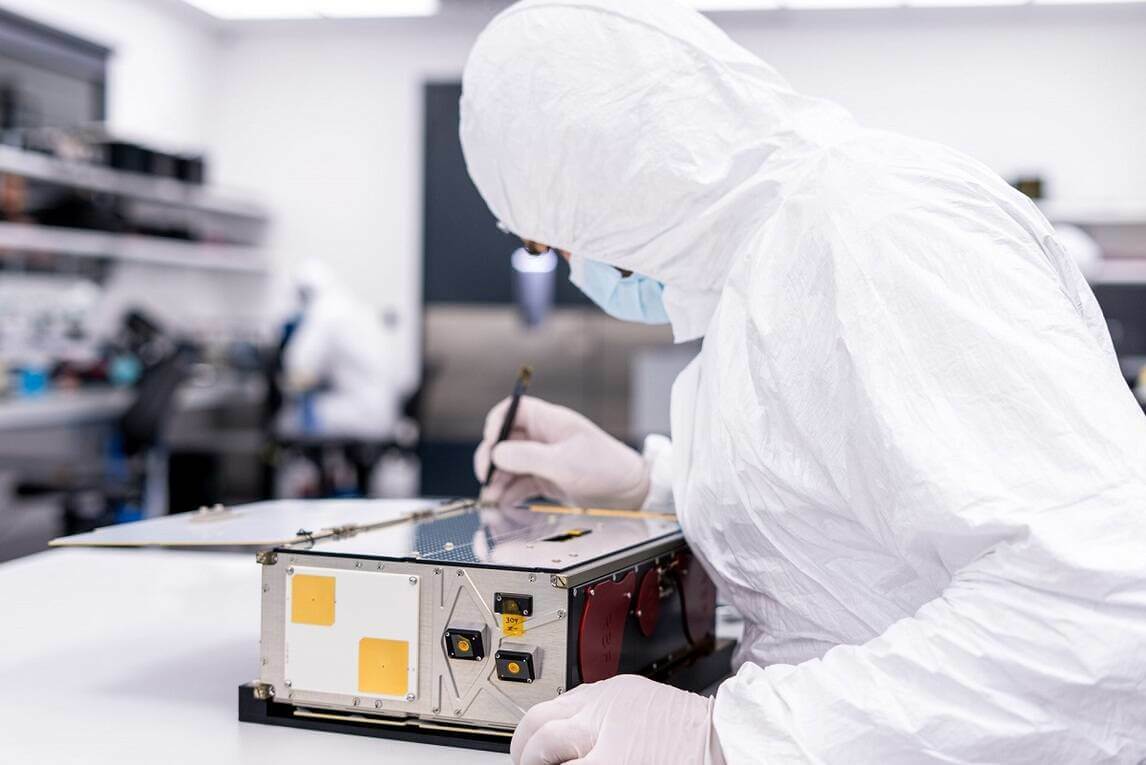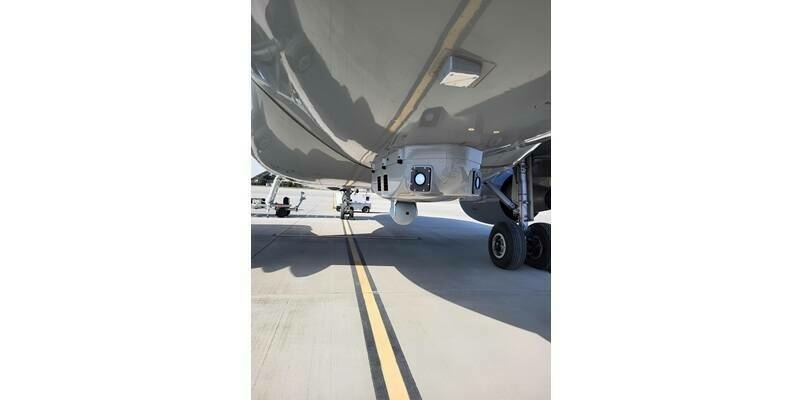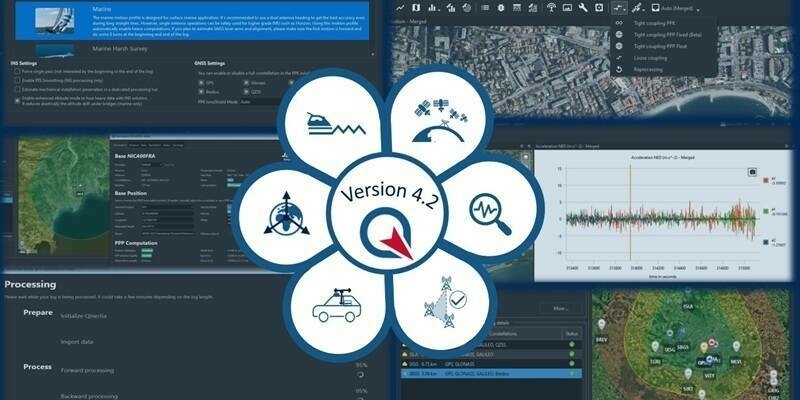Two-year science mission to observe black holes and neutron stars
RIKEN, Japan's largest comprehensive research institution, Mitsui Bussan Aerospace, and mission integrator Kongsberg NanoAvionics (NanoAvionics) have announced their collaboration on the astronomical NinjaSat1 X-ray observatory mission. The aim of this two-year mission in a low Earth orbit (LEO) is to observe X-ray photons from bright X-ray objects in the universe. The NinjaSat team aims to observe black holes and neutron stars that suddenly brighten in X-rays, and, coordinating with on-ground optical observatories, to study how matter accretes to these compact objects.
As part of this mission, NanoAvionics has supplied its flight proven multi-purpose 6U M6P nanosatellite bus and integrated the science payloads developed by RIKEN and provided satellite testing services. The Lithuanian company has also supported the project with its extensive know-how as an advisor for nanosatellite technology.
The satellite is ready to be launched and deployed from a SpaceX Transporter 9 mission this year.
Toru Tamagawa, Chief Scientist at RIKEN, said: “Small but flexible cubesats, such as NinjaSat, attempt to observe the X-ray sky in ways that are difficult to achieve with large observatories. RIKEN and collaborators are now operating the Monitor of All-sky X-ray Image (MAXI) instrument aboard the International Space Station (ISS) and have discovered many new black holes in our Galaxy that suddenly brighten in X-rays. NinjaSat allows high cadence monitoring and flexible operations for such transient sources, which are of great value in time-domain astronomy, covertly targeting critical scientific results as a ninja”
Sadayuki Osugi, CEO at Mitsui Bussan Aerospace, said: “We are pleased to provide RIKEN with our “One Stop Service” which is an end-to-end support from the development to launch and operation of a satellite. “NinjaSat” is the first mission utilising our “One Stop Service” which uses NanoAvionics satellite platform. Based on our success with the “NinjaSat” project, we will promote our comprehensive service in the Japanese space business market together with NanoAvionics.”
Vytenis J. Buzas, co-founder and CEO of NanoAvionics, said: “Japan is one of the most technologically advanced economies in the world and I’m thrilled that NanoAvionics is able to provide both our technology as well as our expertise to such distinctive Japanese organisations like RIKEN and Mitsui Bussan Aerospace. In addition to our industry customers, we have consistently worked with research organisations such as NASA, Los Alamos and MIT – all exploring and utilising the possibilities of cost-effective nanosatellites in fundamental research missions.”
The NinjaSat X-ray observatory2 is a 6U-size cubesat to make flexible X-ray observations of persistently bright X-ray objects. It will also perform much demanded follow-up observations of transient objects discovered by the MAXI surveys. One target example is Scorpius X-1, one of the brightest X-ray objects hosting a fast-spinning neutron star and a candidate for coherent gravitational waves, as an important net target of gravitational astronomy.
The satellite has two deployable solar panels. One side of this satellite is open to space. It has two identical Gas Multiplier Counters (GMCs) attached to each end of this side, two Radiation Belt Monitors (RBMs) for safety monitoring of background particle environments, and one star tracker at the centre of this side. The main science payload is the two GMCs to measure individual radiation events. Recorded payload data will be downloaded to the ground via S-Band.

Subscribe to our newsletter
Stay updated on the latest technology, innovation product arrivals and exciting offers to your inbox.
Newsletter

